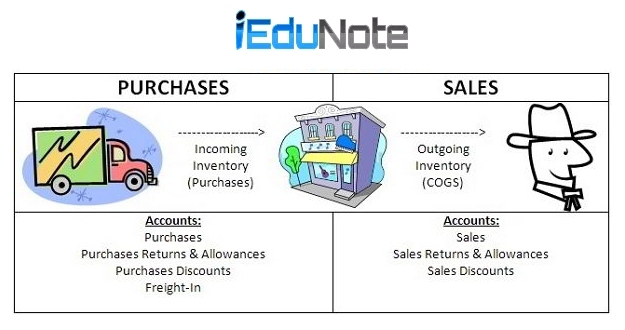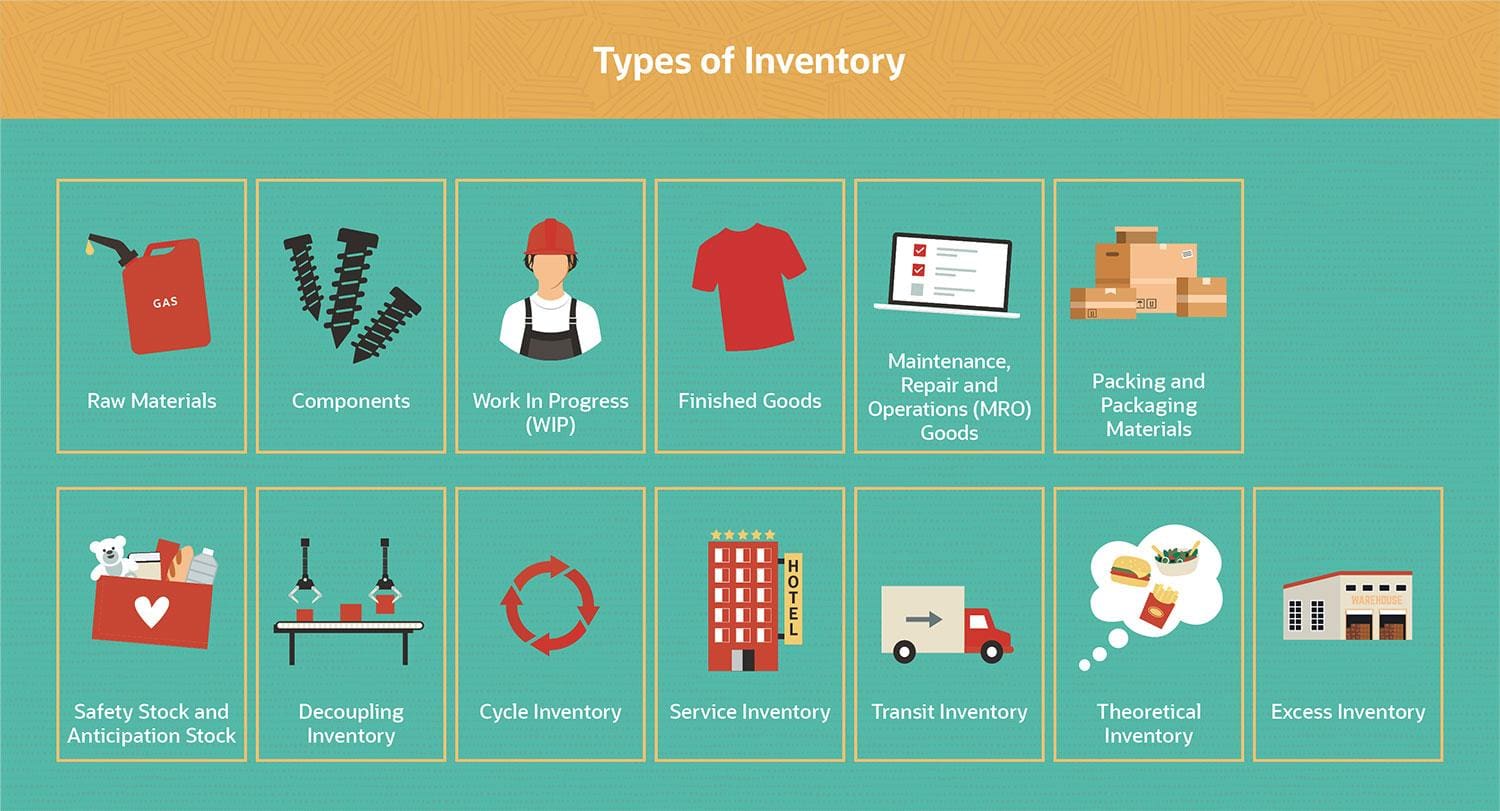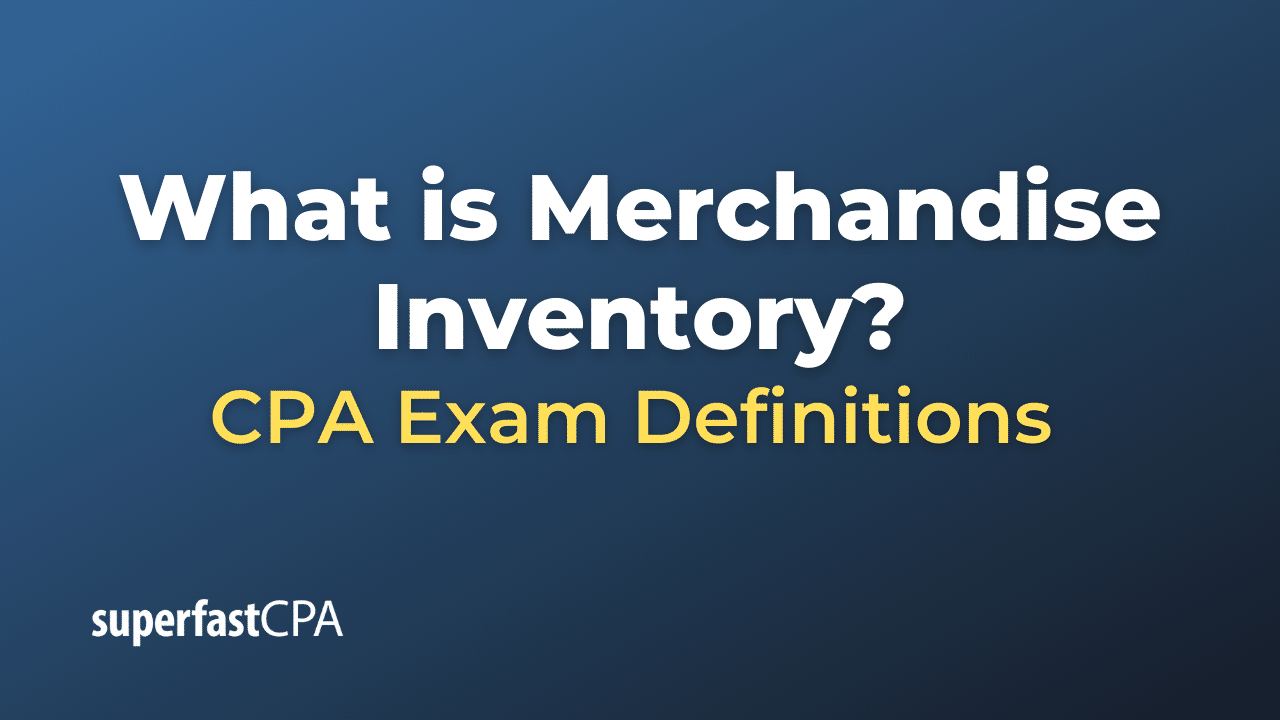Merchandise Inventory Can Be Described As

The term "merchandise inventory," a cornerstone of retail and wholesale operations, often evokes a simple image of products on shelves. However, its implications for businesses, both large and small, are far more complex and far-reaching than a mere collection of goods.
Understanding merchandise inventory is crucial for anyone involved in business management, accounting, or even as a consumer interested in the health of their favorite retailers. This article delves into what merchandise inventory encompasses, its various classifications, and the impact it has on a company’s financial performance and overall strategy. We will explore the "who, what, where, when, why, and how" of this essential business element.
Defining Merchandise Inventory
Merchandise inventory refers to goods a company acquires specifically for resale to customers. Unlike raw materials or work-in-progress, these are finished products ready for sale in their current state.
This definition is particularly applicable to retail and wholesale businesses that purchase goods for the sole purpose of selling them for a profit. For example, a clothing store's inventory consists of the clothes it has purchased from manufacturers and distributors.
Key Characteristics
Several characteristics define merchandise inventory. It is typically considered a current asset on a company’s balance sheet, signifying its expected conversion into cash within a year.
Furthermore, it is actively managed, with inventory levels constantly monitored and adjusted based on demand, seasonality, and other market factors. The goal is to maintain an optimal level, avoiding both stockouts and excessive inventory holding costs.
Classifications of Merchandise Inventory
While broadly defined, merchandise inventory can be further classified. This allows for more precise accounting and inventory management strategies.
One common classification separates inventory based on location: goods held in a company’s warehouse versus goods held at retail locations. Another classification pertains to obsolete inventory, which is no longer saleable due to damage, spoilage, or changes in customer demand.
Importance of Accurate Classification
Accurate classification of merchandise inventory is critical for financial reporting. Misclassifying obsolete inventory, for example, can inflate a company's assets and distort its true financial picture. This can mislead investors and creditors.
Proper inventory management also impacts operational efficiency. Knowing precisely what items are in stock, where they are located, and their condition allows companies to fulfill orders quickly and efficiently, improving customer satisfaction.
Inventory Management Techniques
Effective management of merchandise inventory is essential for profitability. Several techniques are used to optimize inventory levels and minimize associated costs.
Just-in-time (JIT) inventory management, for instance, aims to minimize inventory holdings by receiving goods only when they are needed for production or sale. Another common technique is Economic Order Quantity (EOQ), which calculates the optimal order size to minimize ordering and holding costs.
The Role of Technology
Technology plays an increasingly crucial role in inventory management. Inventory management software allows businesses to track inventory levels in real-time, forecast demand, and automate ordering processes.
Barcoding and RFID technology further enhance accuracy and efficiency in tracking inventory movement. These technologies enable faster stocktaking and reduce errors associated with manual inventory counting.
Impact on Financial Statements
Merchandise inventory has a direct impact on a company’s financial statements. It affects the balance sheet, income statement, and statement of cash flows.
On the balance sheet, inventory is reported as a current asset. On the income statement, the cost of goods sold (COGS), which represents the cost of inventory sold during a period, directly impacts a company's gross profit.
Inventory Valuation Methods
The valuation of inventory significantly influences the reported COGS and, consequently, a company’s profitability. Common inventory valuation methods include FIFO (first-in, first-out), LIFO (last-in, first-out), and weighted-average cost.
The choice of method can have a substantial impact on reported earnings, especially during periods of inflation or deflation. Under FIFO, for example, the oldest inventory costs are assigned to COGS, while under LIFO, the newest inventory costs are used. This can lead to different profit margins and tax liabilities.
The Significance of Inventory Turnover
Inventory turnover is a crucial metric for evaluating a company’s efficiency in managing its merchandise inventory. It measures how quickly a company is selling its inventory.
A high inventory turnover rate indicates that a company is effectively managing its inventory and meeting customer demand. Conversely, a low turnover rate may suggest overstocking, slow-moving inventory, or ineffective marketing strategies.
Calculating Inventory Turnover
Inventory turnover is typically calculated by dividing the cost of goods sold by the average inventory. The average inventory is determined by adding the beginning and ending inventory values and dividing by two.
The resulting ratio provides a clear indication of how many times a company has sold and replaced its inventory during a specific period. This allows businesses to benchmark their performance against industry averages and identify areas for improvement.
Understanding merchandise inventory is not just for accountants and business managers. It’s about understanding the flow of goods, the efficiency of operations, and ultimately, the financial health of the businesses that supply our everyday needs. By grasping the key elements and management techniques surrounding merchandise inventory, consumers and investors can gain valuable insights into the companies they interact with and invest in.


















